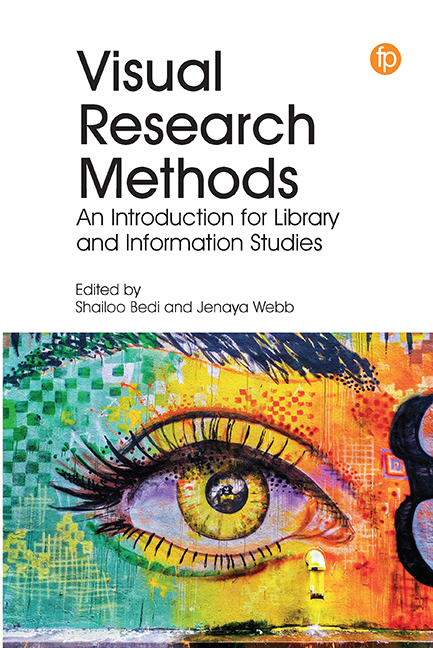7 - Digital Storytelling, Archival Research and ‘Layers of Practice’: A Critical Pedagogical Approach to Visual Literacy in University Archives and Special Collections
Published online by Cambridge University Press: 07 November 2020
Summary
Introduction
With digital storytelling, special collections and university archives are turning their reading rooms into spaces that provide students with unique opportunities for exploration, with a special focus on understanding complex perspectives and re-contextualizing archival source material into new narratives. As special collection librarians and archivists integrate archival instruction into the university's core curriculum, digital storytelling and visual literacy have become important tools to interpret visual materials and their ‘situated meanings’. Visual learning and the analysis of distinctive collections offer students the opportunity to hone their critical thinking skills by analysing embedded symbols of class, gender, race and political viewpoints which, in turn, can be used to evoke powerful stories and counternarratives. More specifically, archivists and librarians have found that incorporating visual archives into digital humanities course projects can be a powerful way to democratize the record and engage communities whose voices and perspectives might be otherwise silenced in the closed stacks of special collections and university archives. With this as context, this chapter will draw on theoretical foundations and approaches relating to visual content analysis in the context of archival research. It will outline how concepts of visual literacy can be applied to the study of graphic imagery within archival collections and visual data collected from primary research. Finally, this chapter will propose a visual research framework that incorporates elements of critical visual literacy, Penny Tinkler's ‘layers of practice’ and digital storytelling.
Visual Literacy: Working Definitions
Today's students create, consume and engage with visual images and media on an unprecedented basis. Because students live in a visual world and use graphic materials as a fundamental means to communicate, the definition of visual literacy has continually evolved. In order to support students’ need for visual analysis research, archival research methodologies have gained a greater significance in libraries’ information literacy programs (Garland, 2014, 314–15). Visual learning encompasses a broad net of associated skills, including image-related research skills, the ability to create visual presentations and the art of using visual evidence to craft persuasive arguments. In this context, academic libraries are fostering opportunities for students to develop visual literacy as a core set of competencies, as they engage in the study of graphic materials for their form, structure, symbols, cultural representation and political, social and cultural meanings.
- Type
- Chapter
- Information
- Visual Research MethodsAn Introduction for Library and Information Studies, pp. 153 - 168Publisher: FacetPrint publication year: 2020



